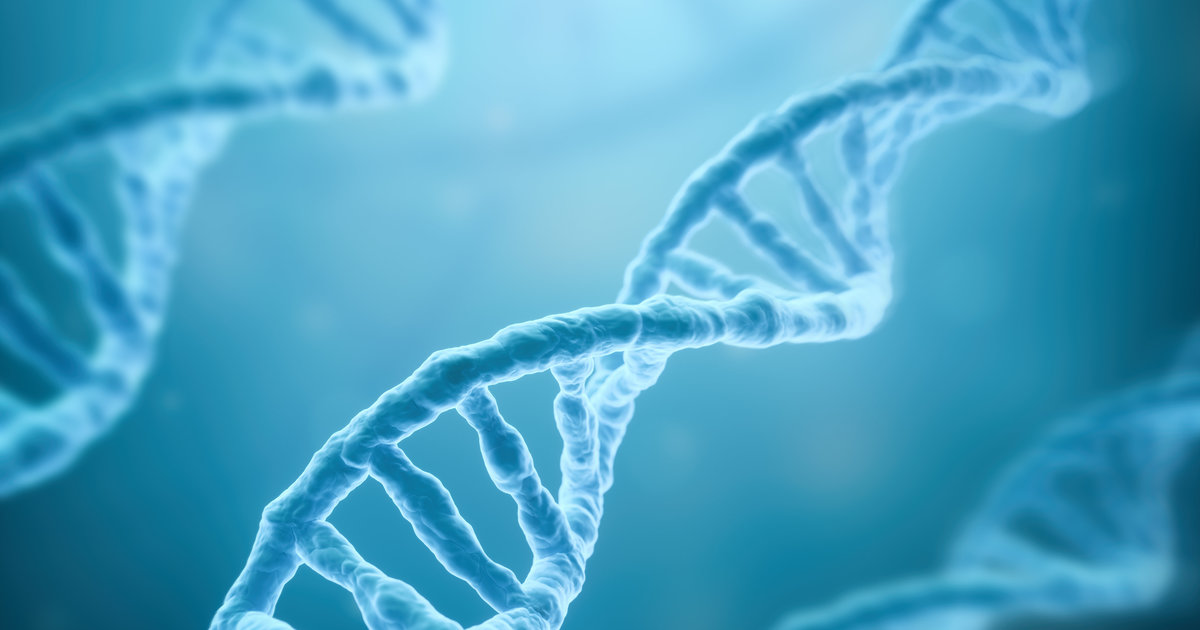The Causes And Diagnosis Of Kawasaki Disease
Kawasaki disease is an illness that predominantly affects children, especially those under five years old. It is a leading cause of heart disease in children but can be treated if a doctor finds it fast enough. The disease causes inflammation of a person's blood vessels, which can damage the coronary arteries, which provide oxygen and other nutrients to the heart. However, Kawasaki disease affects more than just the heart. It can also cause issues with lymph nodes, skin, and the mucous lining of the mouth, nose, and throat. The disease does not appear to be contagious but occurs in small outbreaks. Additionally, it can be contracted at any time of the year, but spring and winter are the most common.
Genetics

The genetics of Kawasaki disease has been hard to track down. Geneticists have found the condition seems to be passed down through the generations of a family, but they have not yet determined the inheritance pattern, which refers to the nature of the gene. For example, the gene could be autosomal and recessive, meaning it only appears if a person has two exact copies of the gene). Geneticists have also found children with parents who had Kawasaki disease have double the chance of the disease compared to the rest of society. Children with a sibling who had Kawasaki disease have ten times the possibility of getting the disease.
Asian Descent

Individuals of Asian descent are more likely to develop Kawasaki disease than others, though anyone can still acquire the disease. Additionally, boys are more likely than girls to have Kawasaki disease. Scientists have used what is referred to as a linkage analysis to try to isolate a Kawasaki gene. Linkage analysis is used to find links between genes located close together on a chromosome. Previously, it had been suspected Kawasaki disease was more common in individuals of Asian descent, but this linkage analysis confirmed that belief. The scientists, while unable to find a single Kawasaki gene, did find a variation of an immune response gene closely related to Kawasaki is more common in those of Asian descent.
